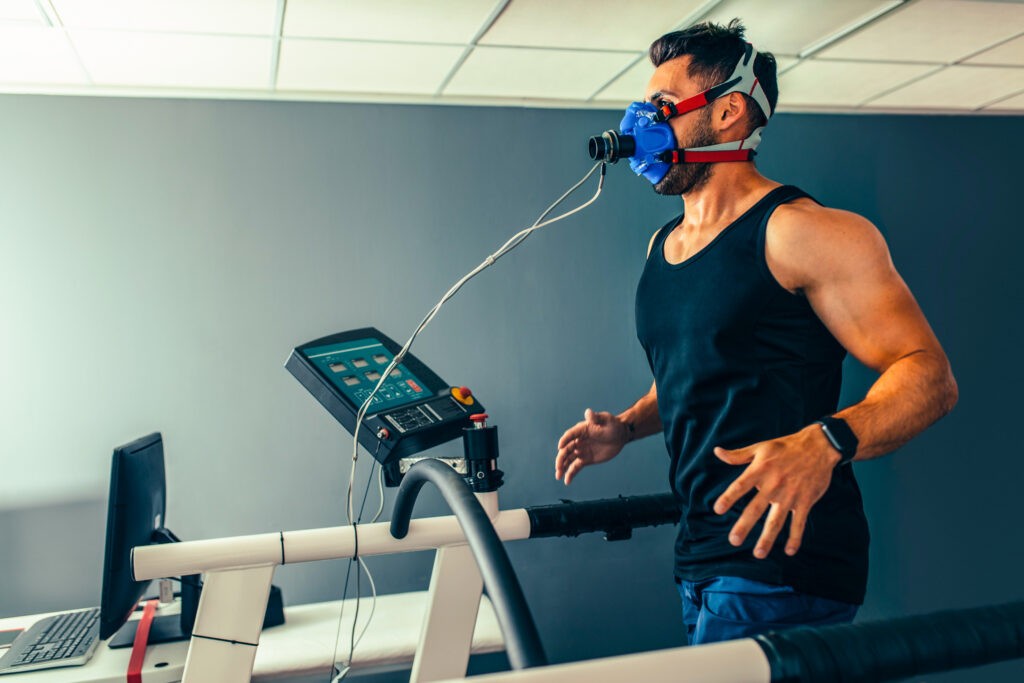Put your Body to the Test
While there is an abundance of evidence supporting the relation between physical activity and fitness, and you will clearly notice the benefits of exercise when you do it regularly, it is goog to put your body to the test every once in a while.

This way you can see for yourself what all your hard work is doing for you in terms of your exercise capacity, strength, flexibility, body composition and metabolic health.
Tip 1 – Measure your VO2max.
The single most important thing to test, when it comes to your overall physical fitness, is your VO2max. This test measures the maximum volume (V) of oxygen consumption (O2). Basically it tells you how well your body can transport and use oxygen to fuel the contraction of your muscles during exercise or any other type of physical exertion.
Your VO2max, which is closely related to the functional capacity of your heart, is expressed as a numerical value that describes how much oxygen your body can use per kilogram of body weight per minute (ml/Kg/min). It is typically somewhere in the range of 20 to 60 ml/Kg/min, where the latter represents a value for a world class male endurance athlete and the former represents a value of a 65-year-old female in poor shape.
There are different ways to determine your VO2max. The most accurate is to measure it in a lab test, on a stationary bicycle or on a treadmill. During the test your uptake of oxygen is measured while you perform at your maximum heart rate. Another, less demanding way is to do a test up to 85% of your maximum heart rate, and calculate what your oxygen uptake would be at your max. Alternatively you can use non-exercise models to calculate your VO2max, based on a number of other values, such as resting heart rate, bodyweight, age and height. This is less accurate, but gives you a pretty good estimate of where you stand.
Tip 2 – Calculate your V02max.
If you want to get a good estimate of your VO2max right now, then you can use the fitness calculator that was developed by the Norwegian Cardiac Exercise Research Group (CERG). Their algorithm, which is based on thousands of real-life exercise tests and one of the biggest heart health studies ever conducted, offers one of the most accurate non-exercise models in the world.
Tip 3 – Do a complete fitness check-up.
Regularly measure your body composition (fat percentage, waist circumference, muscle mass), strength, flexibility, blood pressure and key values of your metabolic health, such as blood glucose and cholesterol. Tracking these key values when you exercise will show you if your hard work is paying off. Also, if you are currently not exercising, they may prevent unnecessary declines in the future, as visible downward trends can motivate you to start investing more time to exercise. Realizing that it is high time to upgrade your fitness level and give yourself a competitive edge, for whatever you may pursue in life.
In a way you can compare a fitness test with your annual dentist check-up. You make the effort to brush your teeth, and you also want to know if you are keeping your teeth healthy. It’s the same with exercise: you put in the work, so you might as well have someone objectively monitor the results. Not in the least because you have your own unique response to exercise. Your DNA and many other – mainly lifestyle related – factors play a role. Putting your body to the test will give you valuable insights that help you determine whether you are on track and how much more exercise you may need to reach your goals.